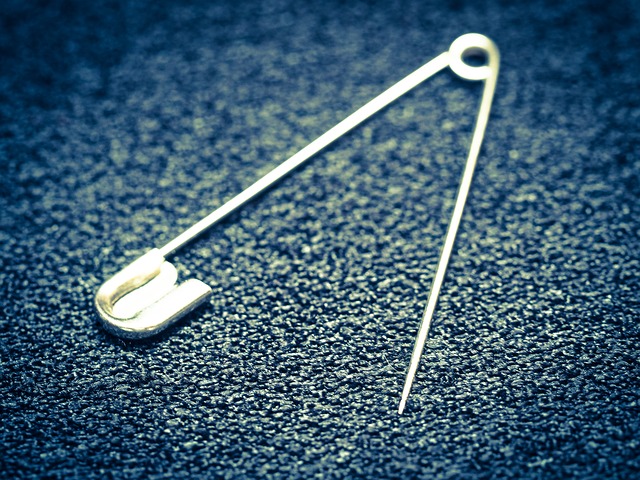
Shiva Ribbons, Not Safety Pins
But the safety pin movement also erroneously assumes that individuals and classes of people can be easily divided into those who are privileged and those who lack privilege. To what extent does the donning of a safety pin assume a wall between protectors and the protected, even as it seeks to join them together? Do closeted white queers fasten a pin onto their lapel? What about middle-class Muslims or Latinos not readily identifiable as such? A suburban soccer mom rape survivor who stood with HRC? Or white Jews, often deemed the prototype for insider/outsiders? How and why do some of us decide whether we need a safety pin-wearer or should be a safety pin wearer? How would alliance and thus electoral politics change if people recognized that privilege and dispossession often exist in the same bodies, if people were taught to see themselves and others as complex intersections on the social highway rather than parallel lanes?
We’ve had more than enough of constructing community around privilege and protectionism. Maybe right now those who are terrorized for lots of different and justified reasons need to come together as mourners. Notably, White House insiders compared the day after the election to the Jewish mourning practice of sitting shiva. Perhaps rather than donning safety pins, the diverse “we” who have to move from Never Trump to Surviving Trump should don shiva ribbons. This practice of kriah, of rending garments or wearing a cut black ribbon, would signify our hearts broken from loss and would allow us to identify ourselves as fellow and sister mourners to one another. Just as mourners have complex and different relationships to the dead, so we would honor the complex and different terrors we are experiencing in the often verbally and physically violent transition to a Trump presidency. And after 30 days (the period of shloshim), we would no longer wear the rent ribbon but perhaps would be bound together by this communal experience of grief.
The views and opinions expressed in this article are the author’s own and do not necessarily reflect those of Lilith Magazine.



